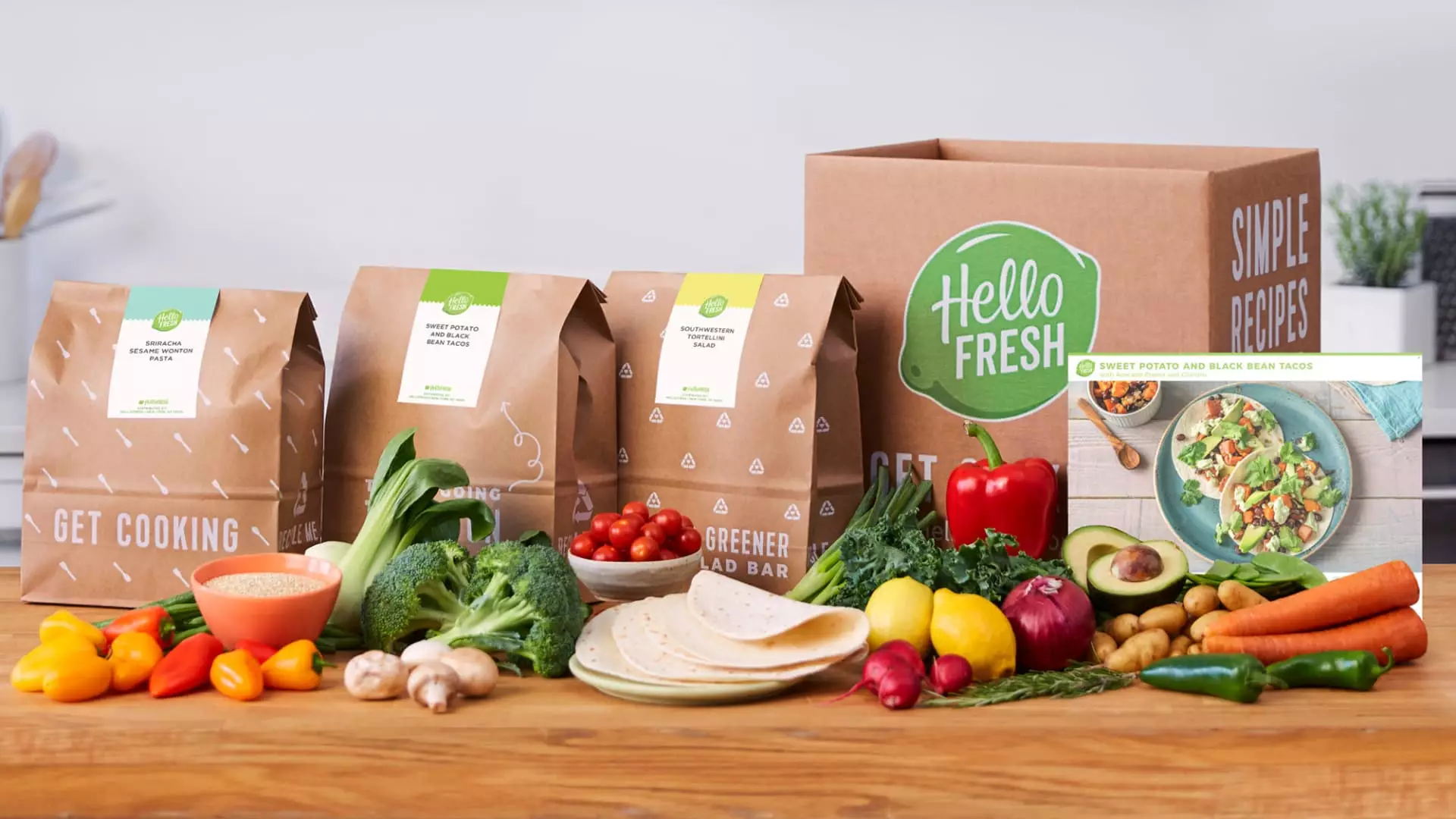HelloFresh, a German meal kit firm, made headlines as its shares surged following a better-than-expected profit report for the second quarter. The company revealed an adjusted EBITDA of 146.4 million euros, exceeding analyst forecasts and demonstrating resilience despite a 23.7% decrease from the previous year. Furthermore, revenue increased by 1.7% to 1.95 billion euros, highlighting the company’s ability to navigate through challenging economic conditions.
A key driver of HelloFresh’s success was the rapid growth of its ready-to-eat meals segment. With a 50.2% year-on-year growth in the first half of 2024, the company strategically focused on expanding its offerings beyond traditional meal kits. The acquisition of Factor, a company specializing in ready-made meal delivery, allowed HelloFresh to tap into new market opportunities and cater to evolving consumer preferences.
Despite the positive growth trajectory, HelloFresh faced challenges in cost management, particularly related to the production of ready-to-eat meals. The company’s group contribution margin dipped to 24.3% in the second quarter of 2024, down from 28.4% in the same period last year. This decline underscored the pressure on profitability as HelloFresh sought to scale up its operations and diversify its product offerings.
HelloFresh’s journey has been marked by market volatility and fluctuations in investor sentiment. The company experienced a steep drop in its share price over the past year, attributed to factors such as rising interest rates and doubts surrounding the sustainability of its business model. The 75% decline in share price, coupled with a significant plunge in March following disappointing earnings guidance, reflected the challenges faced by HelloFresh in maintaining investor confidence.
In response to changing market dynamics, HelloFresh made strategic shifts towards expanding its ready-meal category and enhancing its presence in North America and international markets. By leveraging the growth potential of ready-to-eat meals and adapting to shifting consumer preferences, the company aimed to mitigate the decline in traditional meal kit sales. Looking ahead, HelloFresh would need to focus on optimizing cost structures, driving operational efficiency, and fostering innovation to sustain long-term growth and profitability.
HelloFresh’s financial performance highlights the complexities of operating in the meal kit industry and the importance of strategic agility in responding to market trends. While the company has demonstrated resilience and growth potential, challenges in cost management and market volatility underscore the need for continuous adaptation and innovation. As HelloFresh navigates through a rapidly evolving landscape, its ability to capitalize on emerging opportunities and address key operational challenges will be pivotal in shaping its future trajectory.

